Think of this list as the Academy Awards of getting bigger, stronger and leaner: It’s a collection of tips that represent total domination in the gym. Each “best” selection was chosen based on either bona fide scientific data, overwhelming anecdotal evidence by hardcore gym rats around the world or both.
Looking for the best way to add thickness to your arms, carve out a six-pack or throw around more weight than you ever have? You’ll find the answer here.
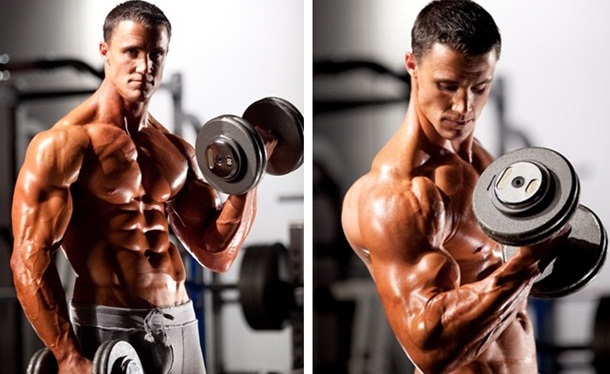 1) Best For Big Biceps: Barbell Curl
1) Best For Big Biceps: Barbell Curl
While variety is key to developing well-balanced arms, we suggest you stick mainly with straight barbell curls and use the EZ-bar just once in a while for a change. The Weider Research Group recently compared the two versions using a group of trained bodybuilders and found that the straight bar allowed subjects to lift more weight for 10-rep sets than the EZ-bar.
More weight used means greater muscle-fiber stimulation and growth potential.
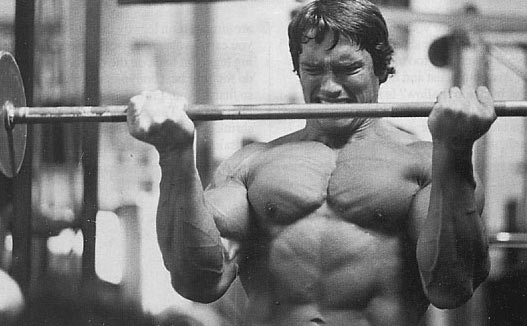 2) Best For Overall Chest Mass: Dumbbell Bench Press
2) Best For Overall Chest Mass: Dumbbell Bench Press
Recent research from Las Vegas based StrengthPro Inc., headed by David Sandler, MS, CSCS, showed that the dumbbell bench press involves the front delts far less than the barbell bench press, since the arms come out to the sides more with dumbbells. Less delt involvement means more pec stimulation, which is exactly what you want for maximal chest development.
3) Best For Deltoid Development: Dumbbell Overhead Press
Research performed by StrengthPro Inc. found that the dumbbell overhead press activated more middle-delt muscle fibers and fewer front-delt fibers than the barbell version.
The middle delts make up most of the mass of the three heads, and provide width and roundness to the shoulders, so dumbbells should take precedence over a barbell when pressing for delt size.
4) Best For Building Triceps: Dips
Pushdowns might be your favorite triceps movement, but when was the last time you did dips? Since pushdowns are a single-joint exercise, they limit how much weight you can move. Dips, however, are a multijoint movement that involves the shoulders and elbows, meaning you can handle more weight (your bodyweight plus added plates as you advance) to build size.
5) Best For Targeting Quads: Front Squat
Although most guys can use slightly more weight on the back squat than on the front squat, traditional back squats involve far more activity in the hamstrings and glutes.
The front squat better targets the quad muscles since your back is straighter during the movement and allows you to pile on the pounds to blast your legs.
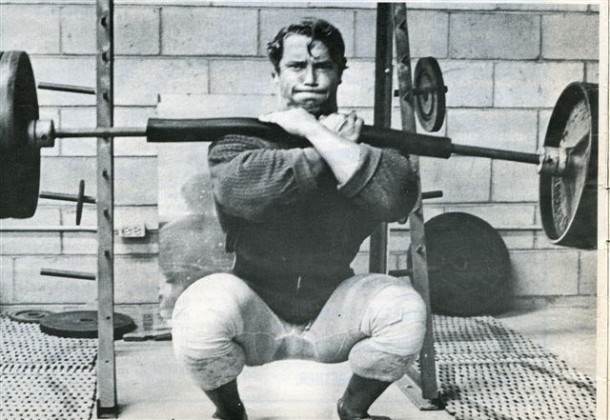 6) Best For Building Hams & Glutes: Romanian Deadlift
6) Best For Building Hams & Glutes: Romanian Deadlift
Everyone and their mothers do machine leg curls for hamstrings, but RDLs allow you to use more weight to overload your hams and glutes. Keep doing your curls, but remember that a solid hamstring routine isn’t complete without romanians.
7) Best For Calf Mass: Standing Calf Raise
How heavy can you go on seated calf raises? How about donkey calf raises? Our guess is not as heavy as you can on the standing version. Building mass is all about using as much weight as possible in a hypertrophy-promoting rep range. So when you want huge lower legs, do your standing calf raises first to directly target the largest muscle on your calf: the gastrocnemius.
8) Best Overall Muscle-Builder: Squat
The traditional back squat is estimated to involve hundreds of muscles in the upper and lower body acting as either prime movers or stabilizers. After all, you squat while supporting hundreds of pounds on your back. Numerous research studies show that because the squat involves so many muscle fibers, it boosts growth hormone (GH) levels better than any other exercise.
More GH means greater muscle growth, as Japanese researchers confirmed in a 2006 study.
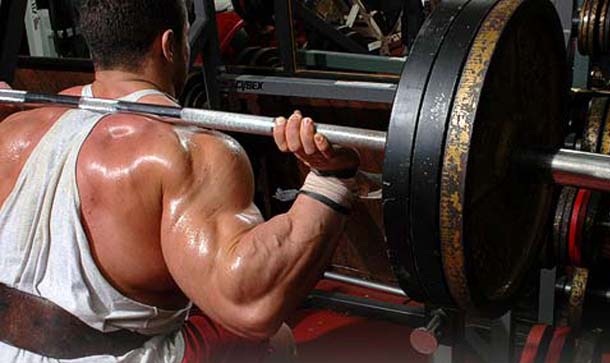
9) Best Exercises For Burning Fat: Free-Weight Multijoint Lifts
Truman State University (Kirksville, Missouri) scientists measured the number of calories burned when eight college-age females performed two sets of barbell squats or leg presses using their 10-rep maxes (RM). They found that the squat burned almost 50% more calories than the leg press and concluded this is likely due to the greater number of stabilizer muscles used. To drop bodyfat, use free-weight, multijoint exercises that require greater stabilization such as the barbell squat, lunge, standing dumbbell overhead press, dumbbell bench press, dip and barbell row vs. machine exercises.
10) Best For Lat Width: Wide-Grip Lat Pulldown
University of Miami (Coral Gables) researchers had 10 experienced lifters perform wide-grip pulldowns to the front, pulldowns with reverse and neutral grips, and wide-grip pulldowns behind the neck while measuring muscle activity with electromyography. Wide-grip pulldowns to the front were found to involve the most lat muscle fibers, with the reverse-grip version coming in a close second.
11) Best Intensity Technique For Muscle Growth: Forced Reps
Finnish researchers studied 16 male athletes after one of two leg workouts. The standard workout consisted of four sets of leg presses, two sets of squats and two sets of leg extensions, all for 12 reps taken to failure with two minutes of rest between sets. The forced-rep leg workout used the same exercises, sets and reps but with 15% heavier weight so subjects required assistance from a spotter to complete all 12 reps. The forced-rep program produced slightly higher testosterone levels and much higher GH levels.
Another study reported that athletes who used forced-rep training lost more bodyfat than those who stopped at failure.
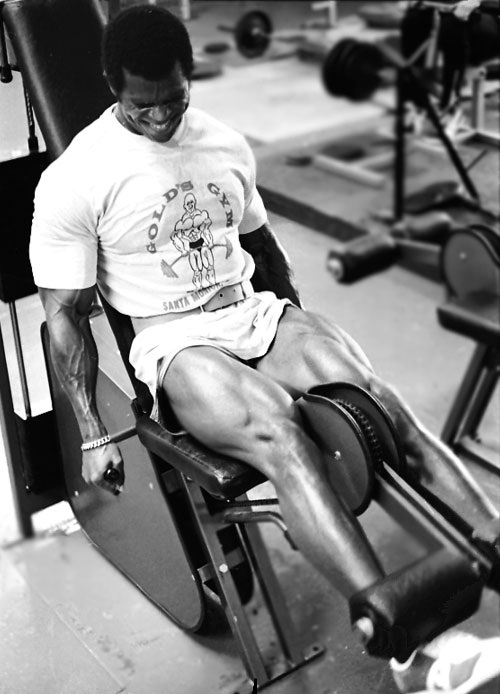 12) Best Strength-Training Technique: Ascending Sets
12) Best Strength-Training Technique: Ascending Sets
Johns Hopkins School of Medicine (Baltimore) researchers had 50 males train three times a week on the leg extension for nine weeks. Subjects performed three sets of 10 reps using either the DeLorme ascending pyramid technique (first set is 50% 10RM, second set is 75% 10RM and third set is 100% 10RM) or the Oxford descending pyramid technique (first set is 100% 10RM, and sets 2-3 reduce the weight just enough to allow 10 reps to be completed). The researchers discovered that the DeLorme technique produced strength gains on the leg extension that were an average 10 pounds greater than those in the Oxford group.
13) Best Way To Lift For Burning Fat: Heavy Weight, Short Rest Periods
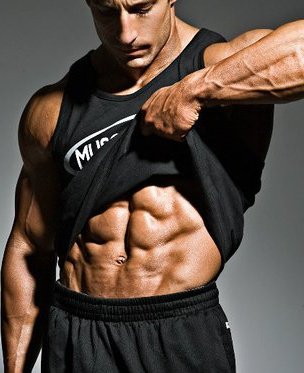 Most people think high reps are most effective at melting bodyfat, but it’s just the opposite. Researchers from the Norwegian University of Sport and Physical Education (Oslo) found that using a weight that allows for only six reps increased subjects’ resting metabolic rate higher and for longer after a workout than 12-rep sets.
Most people think high reps are most effective at melting bodyfat, but it’s just the opposite. Researchers from the Norwegian University of Sport and Physical Education (Oslo) found that using a weight that allows for only six reps increased subjects’ resting metabolic rate higher and for longer after a workout than 12-rep sets.
A study from the College of New Jersey (Ewing) reported that when men rested just 30 seconds between sets of bench presses, they burned more than 50% more calories during the workout than when they rested three minutes. To burn more calories during and after training (which helps burn bodyfat), use a 6-8-rep range and keep rest periods to less than one minute.
14) Best Time Of Day To Train: Evening
Instead of watching the evening news, go lift. University of Southern Mississippi (Hattiesburg) researchers had 16 males train for 10 weeks either before 10 a.m. or after 6 p.m. Workouts consisted of 45 minutes of weight training followed by 45 minutes of cardio. The evening group increased muscle mass by about 3% more than the morning group and lost about 9% more bodyfat.
15) Best For Overall Abdominal Development: Crunch
In a 2004 study, researchers at the University of Nebraska Medical Center (Omaha) found that the basic crunch can hit all four muscles in the abdominal region (rectus abdominis, external and internal obliques, and transverse abdominis). But a more recent study published in a 2008 issue of the Journal of Strength & Conditioning Research reported that when subjects performed the crunch as quickly and explosively as possible, they increased the muscle activity of all the ab muscles, particularly the obliques. So when you’re short on time and can’t do specific moves for each area of the midsection, hit them all with the crunch. Just keep your reps quick and explosive on the concentric (positive) portion.
16) Best Rest Period For Strength & Mass: 2-3 Minutes
Research confirms that resting three minutes between sets allows you to do significantly more reps than resting just 1-2 minutes, and performing more reps with a given weight equals more strength. But what about size? A 2009 study published in the Journal of Strength & Conditioning Research had male subjects follow a 10-week weight-training program with rest periods of either one or 2 1/2 minutes between sets.
Subjects’ arm sizes were measured before and after, and researchers found that the group resting just one minute between sets increased their arm size by 5% while the group resting 2 1/2 minutes increased theirs by 12%.
17) Best Training Aid To Increase Strength: Weight Belt
Studies show that wearing a belt while lifting weights increases intraabdominal pressure by up to 40% and reduces compression of the intervertebral discs by 50%, which suggests that lifting belts can help prevent weight-training injuries (particularly back injuries) and aid muscle strength. Other studies report that rep speed on the squat was almost 10% faster when subjects wore belts, indicating that weight belts can help increase power and strength. Although some claim that wearing a belt will reduce core muscle strength, research shows that a weight belt helps increase the activity of the abdominal muscles by about 10% and the spinal erectors by about 25%. Thus, wearing a belt may actually increase core development, not hinder it.
Our advice: Use a lifting belt on only heavy sets, especially on exercises that load the spine.
18) Best Way To Make Cardio Less Monotonous: Break It Up
Scientists from the University of Missouri (Columbia) found that when subjects performed cardio as either a single 30-minute treadmill run at 80% max heart rate (MHR) or as three 10-minute bouts of running at the same intensity separated by 20-minute rest periods, there was no difference between the total calories expended or the amount of fat burned. Yet subjects reported that the short intermittent bouts felt significantly easier than the continuous run. So if endless cardio doesn’t appeal to you, break it up.
19) Best Time For Cardio: After Lifting Weights
A 2007 University of Tokyo (Japan) study showed that 10 male subjects who performed cardio on a stationary bicycle after a weight workout burned significantly more fat than when they did cardio before weights. This is especially true later in the day; University of Wisconsin-La Crosse researchers found that subjects who did cardio between 5 p.m. and 7 p.m. had a higher resting metabolic rate after the workout than when they trained between 5 a.m. and 7 a.m. or between 21 a.m. and 1 p.m.
20) Best Cardio Technique For Burning Fat:HIIT
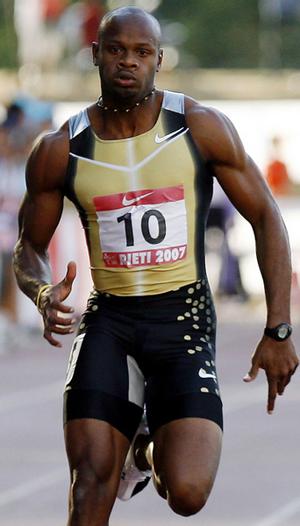 High-intensity interval training (HUT) is a form of cardio that alternates periods of high intensity (like running at 90% MHR) and low intensity (walking at a moderate pace). Numerous studies show that HIIT leads to greater fat loss than the steady-state cardio most guys do at a moderate intensity like walking on the treadmill for 30 minutes at a constant speed.
High-intensity interval training (HUT) is a form of cardio that alternates periods of high intensity (like running at 90% MHR) and low intensity (walking at a moderate pace). Numerous studies show that HIIT leads to greater fat loss than the steady-state cardio most guys do at a moderate intensity like walking on the treadmill for 30 minutes at a constant speed.
A study from Laval University (Canada) reported that a 15-week HIIT program led to significantly greater bodyfat loss than a 20-week steady-state endurance program, despite the fact that the latter burned about 15,000 more calories than the HIIT program. The major reason HIIT burns fat so well appears to be due to the greater increase in resting metabolism that subjects experience.
Sample HIIT workout to try:
After a 2-3-minute warm-up, alternate one minute of fast jogging and one minute of slow walking for a total of 20-30 minutes. Cool down with a 2-3-minute slow walk.
Simply the Worst
They used to be rules to train by. But history and science haven’t been kind to these seven outmoded and disproven anti-tips.
1. Worst Training Advice: Don’t Train If You’re Sore
Being sore is no excuse to skip a workout. Research from Edith Cowan University (Western Australia) had subjects do two eccentric (negative-rep) biceps workouts performed just three days apart. They discovered that following the second eccentric workout, when subjects were still sore, their biceps incurred no more damage, and recovered just as quickly and thoroughly as the subjects who performed just one eccentric workout.
2. Worst Time To Lift Weights: After Cardio
A study from Japan found that when cardio was performed before a weightlifting workout, the male subjects’ growth hormone levels were more than three times lower than when they did cardio after weights.
3. Worst Strength Training Equipment: Instability Devices
Researchers from Appalachian State University (Boone, North Carolina) found that when nine trained lifters performed a squat on stable ground, they had 84% greater force production and 57% more muscle activation of the quadriceps than when they used instability disks. Most people use instability devices to build core strength, but Canadian scientists found that when subjects performed the dumbbell chest press, dumbbell overhead press, dumbbell lateral raise, dumbbell biceps curl, dumbbell overhead triceps extension and crunch while on an exercise ball vs. a bench, there were no significant differences in core muscle activity. In fact, on the overhead press, lateral raise and crunch, the activity of the erector spinae muscles was slightly greater when using the bench.
4. Worst Way To Do Cardio: At a Comfortable Pace
A study from the University of Alberta (Edmonton) found that when subjects walked at a comfortable pace, they had significantly lower increases in aerobic fitness and less of a drop in blood pressure than those who trained at 75% MHR. Just walking at a comfortable pace isn’t enough. If you can read a book while doing cardio, your intensity level is way too low.
5. Worst Time To Train Abs: First Thing in the Workout
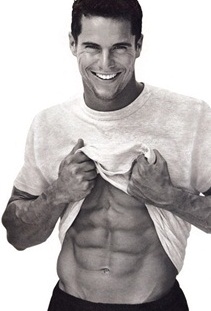 Some trainers will tell you if you hate to do abs, train them first so you won’t blow them off. Yet a recent study discovered that when trained athletes performed an ab workout before doing three sets of squats with their 6RMs, they couldn’t complete as many reps on the squat as when they did the ab workout after squats.
Some trainers will tell you if you hate to do abs, train them first so you won’t blow them off. Yet a recent study discovered that when trained athletes performed an ab workout before doing three sets of squats with their 6RMs, they couldn’t complete as many reps on the squat as when they did the ab workout after squats.
Don’t tire your core and limit your strength by training abs first. Keep them at the end of the workout.
Author: Jim Stoppani
References:
http://www.muscleandfitness.com/
http://www.flexonline.com/
COPYRIGHT Weider Publications
COPYRIGHT Gale Group










